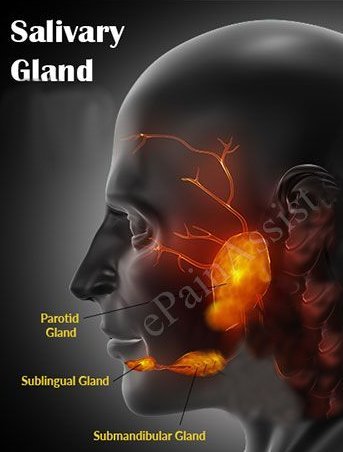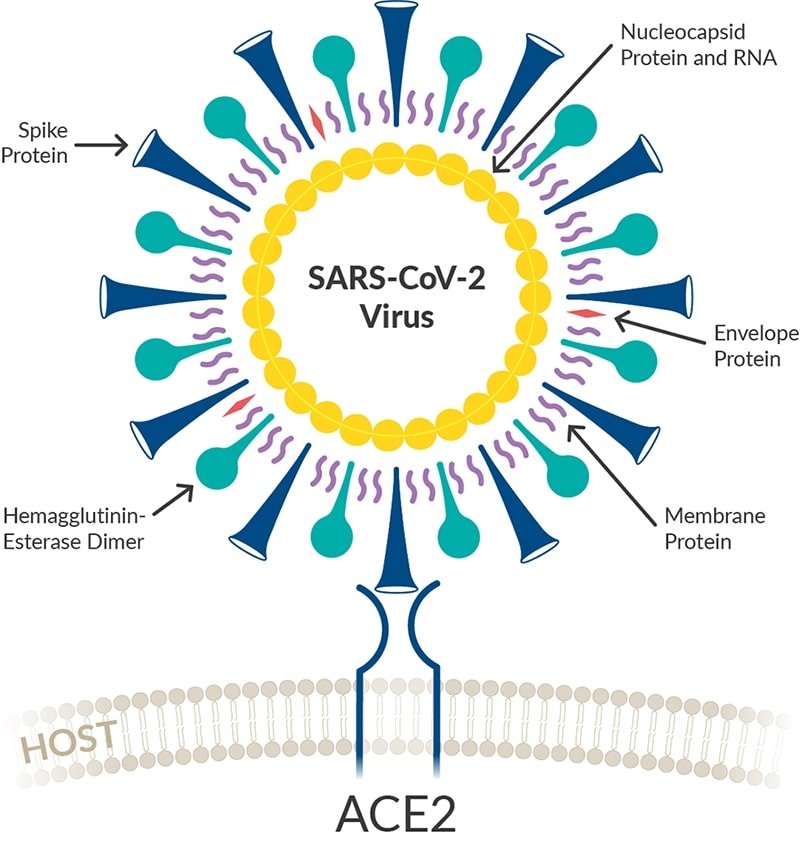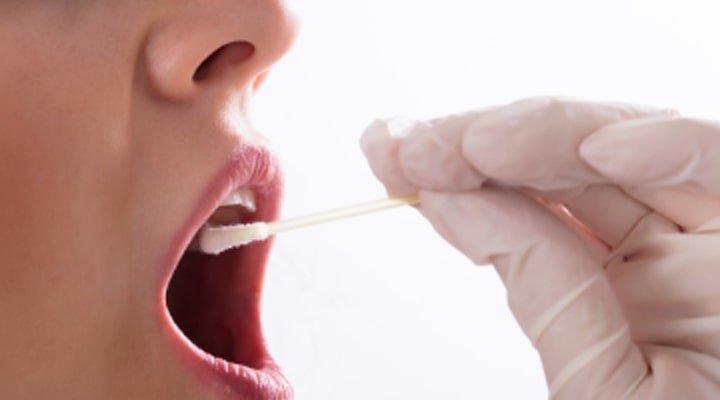
The role of salivary glands in our oral cavity is indispensable. They secrete saliva; which has lubricating, antibacterial, immunological and buffering capacities. Their unique abilities and features have been constantly at the centre of research and review. It was only a matter of time before the researchers found an association between these salivary glands and the COVID-19 pandemic that started in the late months of 2019, and is still a ravaging wildfire, globally.
Mounting amount of work has proved the detection of virus in the oral fluids. There is no denying the fact
that saliva is a potential source of the disease infectivity. Virus has been discovered in saliva as long as 29 days after infection. But the question of concern here is, WHY, why is our saliva a hub of viral strains?
The high death rate combined with the virus’ ability to be transmitted easily has provoked the scientific community to dig deeper into the sites of infection spread. Recent studies have suggested that the virus enters our mouth by employing the major and minor salivary glands with consequent release of particles in saliva through salivary ducts.
The HOW of Salivary Gland Infectivity

Let us first understand the structure of the virus. The virus, SARS-CoV-2, has spike glycoprotein embedded in its outer membrane, forming a crown around the virus-cell and facilitating entry of the virus into target cells. These glycoprotein chains’ functional component has a receptor binding site for ACE-2(Angiotensin Converting Enzyme) receptors in the human body.
Thus, ACE-2 is an entry receptor for the virus. It is unfortunately expressed, along with lungs, in numerous extra-pulmonary sites in our body such as gastrointestinal tract, kidneys, and yes, salivary glands in an abundant numbers making the salivary glands a potential reservoir for COVID-19.
The Evidence
A research conducted by scientists from the Centre for Clinical Research in Oral Diseases, Sichuan University, China, have drawn attention to the role of salivary glands and saliva in this pandemic. Their article was published in sage journals -journal of dental research.
The authors have analyzed the expression of ACE-2 in human organs and explained that salivary glands with high expression of ACE-2 were found to be infected. They found that the expression of ACE-2 in minor salivary glands was higher than that in the lungs. “This suggests that salivary glands could be a potential target for COVID-19.”, they stated.
Source of Asymptomatic Infection:
Researchers have pointed out that in a previous study about severe acute respiratory syndrome–coronavirus (SARS-CoV), another member of the coronavirus family, the RNA has been detected in saliva long before the lung lesions appeared (Wang et al. 2004). This may justify the presence of asymptomatic infections. It is necessary to explain that salivary gland epithelial cells can be contaminated by SARS-CoV in a brief period after infection. “For SARS-CoV, the salivary gland could be a major source of the virus in saliva. This suggests that COVID-19 transmitted by an asymptomatic source may originate from infected saliva.” the researchers have concluded.
Therefore, it is imperative to recognise that asymptomatic infection might be sourced from the salivary glands. We should not ignore the potential ability of saliva to infect.
Salivary Diagnostics for COVID-19

Diagnosis of COVID-19 can be undertaken by employing salivary diagnosis platform. Salivary biomarkers can be used to detect the infection in patients who are yet to present with respiratory symptoms. It is a non-invasive method to collect samples conveniently and cost-effectively. Besides, it holds value above the nasopharyngeal and Oropharyngeal collection system that causes discomfort and may lead to bleeding, particularly in infected patients with thrombocytopenia.
The possibility of a saliva self-collection kit can, in turn, drastically limit the disease transmission in healthcare workers.
Takeaway
Further studies are necessary to divulge the potential diagnostic ability of saliva and provide a convenient, cost-effective and non-invasive detection-tool for COVID-19 infection.
Spread of the viral infection through oral droplets and oropharyngeal secretions in infected patients undergoing dental treatment is plausible. The situation is further escalated in patients undergoing treatment with instruments that generate aerosols such as air rotors and micro-motors.
Under such circumstances, dental care professionals are unknowingly contributing to disease spread and are exposing themselves to the risk of infectivity by coming in close vicinity of the seemingly healthy individual. Therefore, it is pivotal for dental care workers to adhere to preventive strategies to avoid the COVID-19 transmission.
Share your thoughts in the comments below. If you found this interesting, share it with your friends and follow our Facebook page @clinicaldentalgenetics for more interesting info.
Courses and Workshops: 2 Months Online Certificate Course On Saliva Technologies For more details, visit: https://www.genedent.com/saliva-technologies/

very well written👏👏👏👏👏
Informative, well explained.
Well done!!
Insightful..!!
It’s was really good to read this article as this gives different sort of information which is very helpful 😊😊
That’s something new i came across about Covid-19. The scientific community and Government should look into this and encourage more research into this field.
Thanks for sharing
Very well written and explained ..
Great work Doc .. Keep it up ..
Good piece of info.
Then Hypertensive patients who are on Ace inhibitors, Are they having less chances of getting infected by Sars cov 19 virus ?